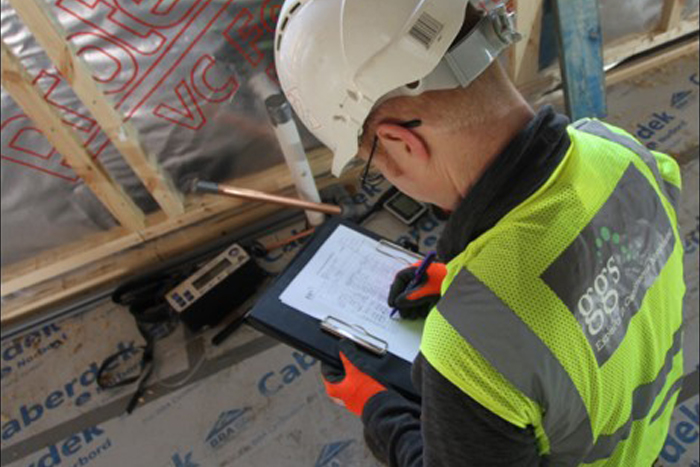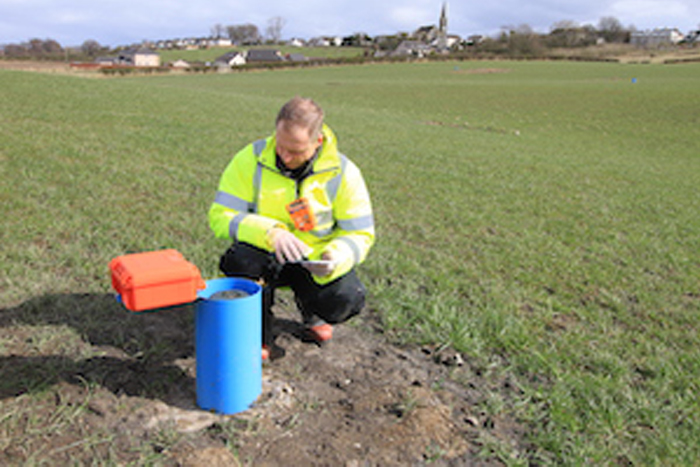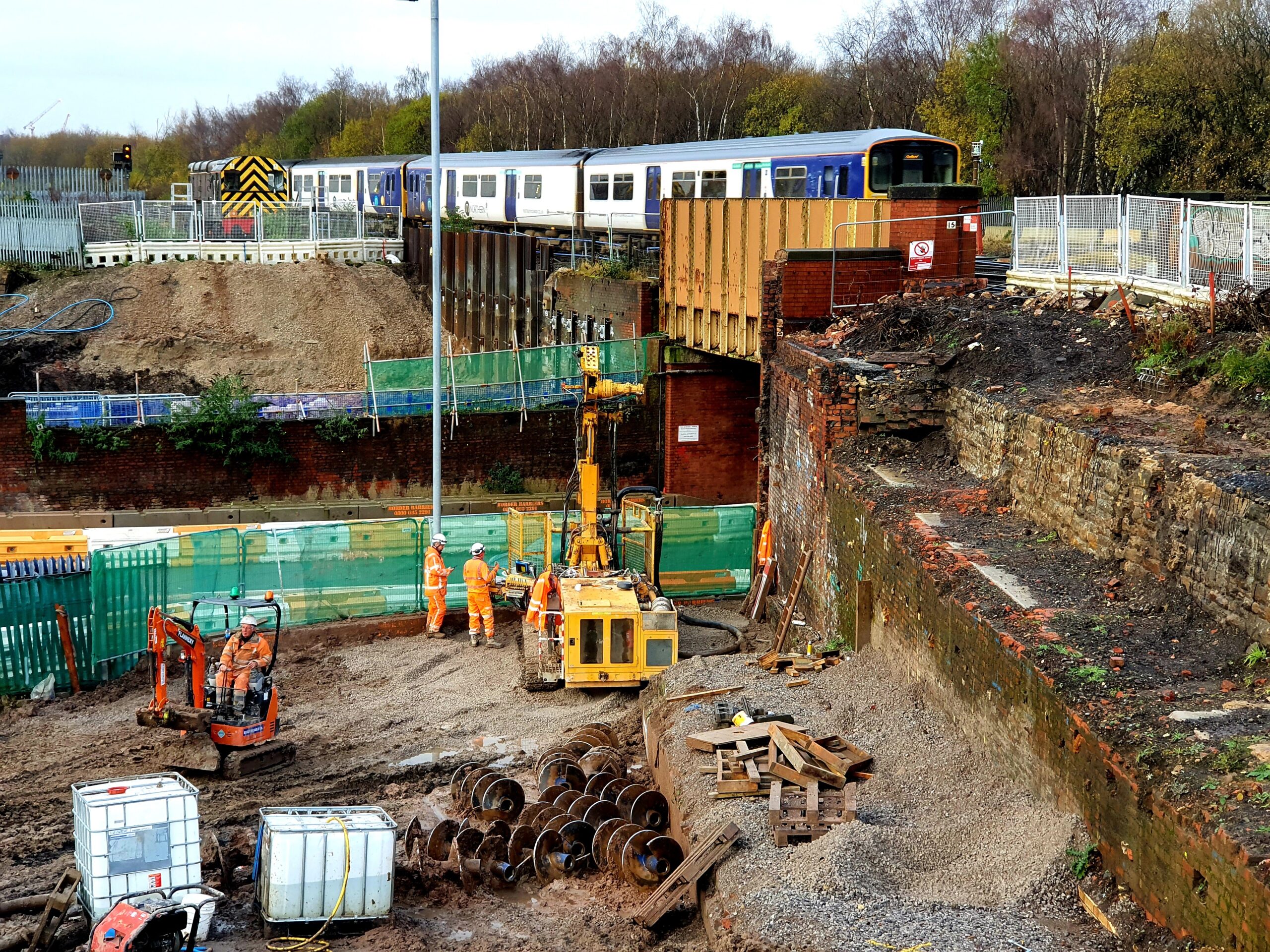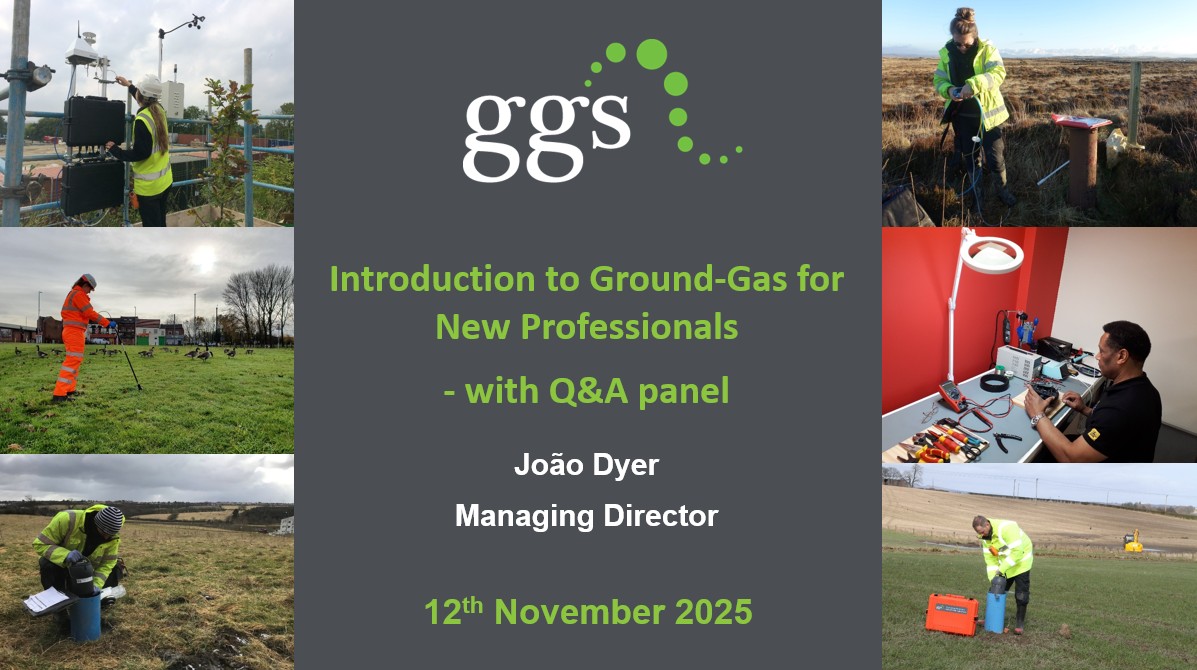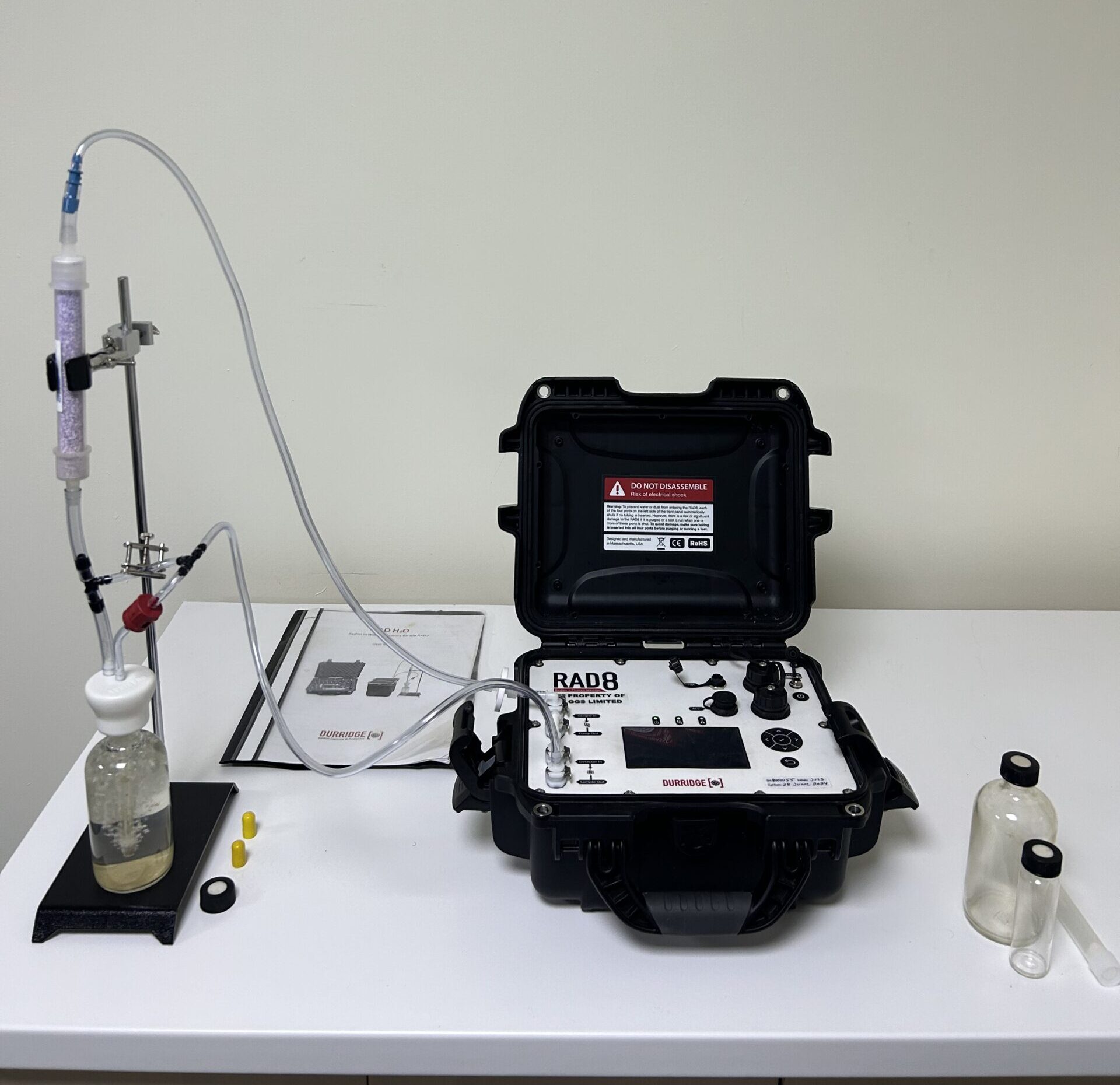Our standards
Innovation
From the early days of the GasClam®, to our in-house ground gas monitoring device, the Gas Sentinel®, we engineer advanced devices that meet ground gas challenges.
Technical excellence
Having successfully completed thousands of ground gas projects across the UK and internationally, we have encountered a vast range of ground gas regimes. Our wealth of knowledge gives us and our clients confidence to find the right solutions to complex problems.
Raising industry standards
We have a responsibility to improve understanding and approaches within our sector. This is achieved through our work for clients, producing regular white papers and providing CPD provision. Our aim is to raise standards through thought leadership, influence, and setting the highest standards.
Data driven
Using the latest available technologies and best practice methods, we transform data into high value information that allows our clients to make evidence-based, cost-effective decisions.
Bespoke services
We are responsive to client needs and decisive when problem solving. The result is a tailored service with flexible timeframes, relevant data reporting, and appropriate mitigation options.






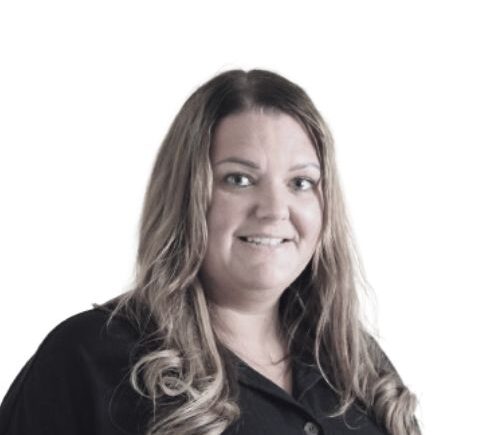


Simon Talbot, Founder and Managing Director of GGS, is an engineering geologist by training and an environmental geologist by practice. Simon has over 40 years of professional experience in both the public and private sectors, with much of this time focused on ground gas contamination issues.
In 2006, Simon collaborated with the University of Manchester on a Department of Trade & Industry funded research project to develop a better way to characterise ground gas contamination. The result was the development of the GasClam, which was brought to market in early 2009.
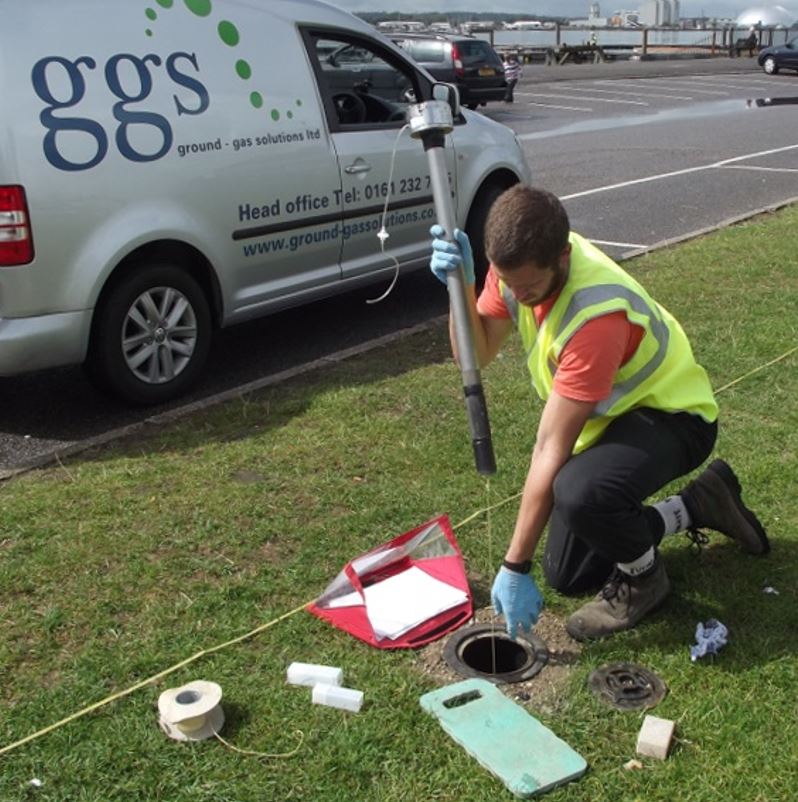
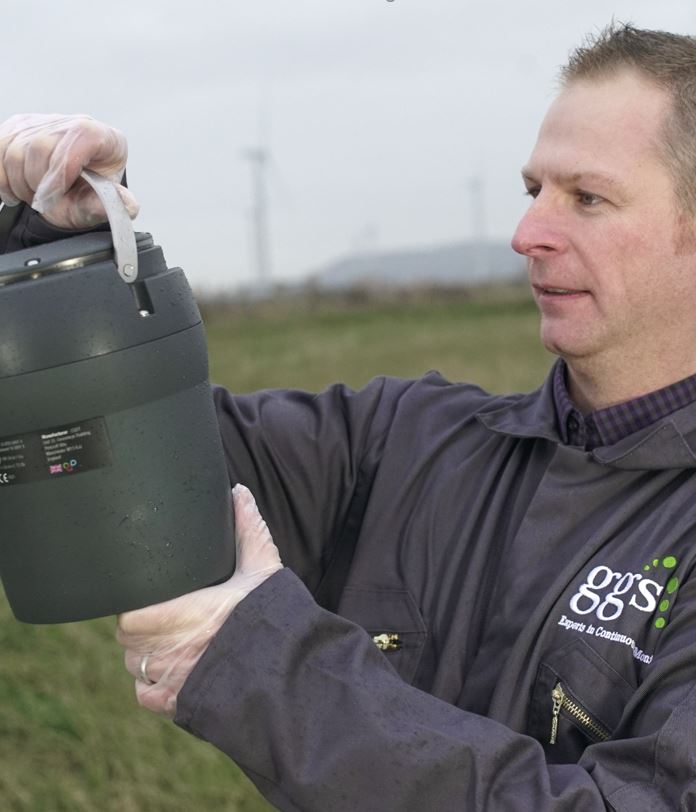
Following the development of the GasClam, Simon Talbot set up GGS in 2009. John Naylor, another geologist with a long background in ground gas contamination, joined the company later that year. Together, Simon and John built a market leading company that continues to help clients and raise industry standards.
In 2018, GGS introduced the Gas Sentinel® to its fleet of monitoring equipment. This telemetry enabled device provides continuous flow as standard with add-ons for continuous water level and dissolved gas monitoring. In addition to monitoring standard gases, the device can accommodate interchangeable, VOC, Ammonia, Hydrogen and Hydrogen Cyanide sensors.
On Simon’s retirement in 2025, he entrusted the future of GGS to long-time colleague, Joao “JM” Dyer. Having been a driving force within the company for 14 years, JM continues to develop a culture of technical excellence and dynamism within GGS, that drives our commitment to raising industry standards and finding the right solutions for clients.


At GGS we provide a range of specialist ground gas services for our clients within a variety of industries from desk studies, monitoring, risk assessment, interpretive reporting, peer review to expert witness.
The following pages include news articles, videos, guidance notes and white papers on a range of ground gas related topics which we hope you will find of interest. Please browse through but if you can’t find something on your particular issue of interest, we’d be very pleased to hear from you so we can put that right.
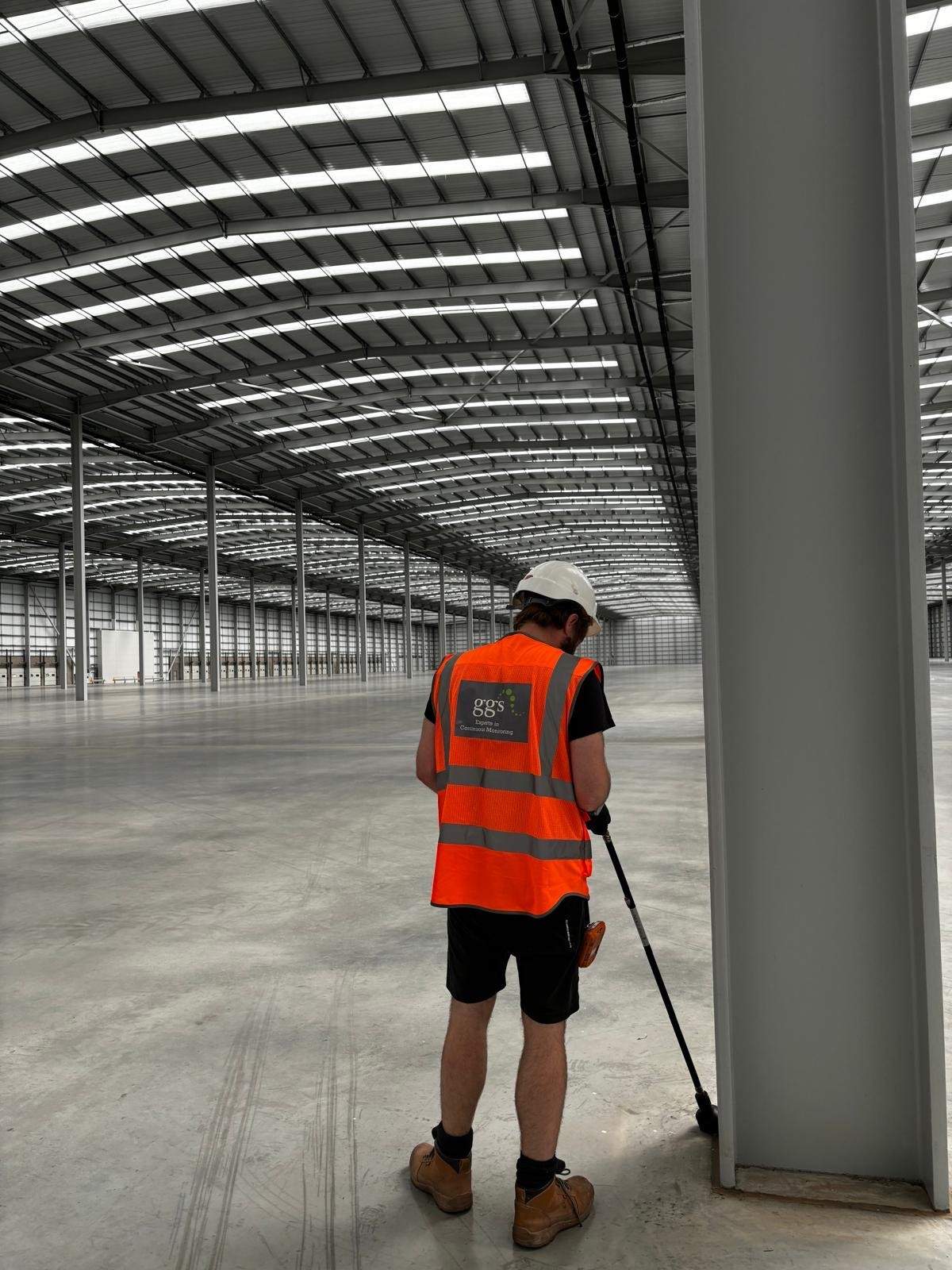
Establishing a new warehouse involves managing numerous moving parts such as ensuring operational systems are in place, training staff and coordinating logistics. Amidst this complexity, it’s essential to remain compliant with environmental and safety regulations.
One important aspect is managing and mitigating ground gas risk. Keep reading to learn about the process and what to expect.


